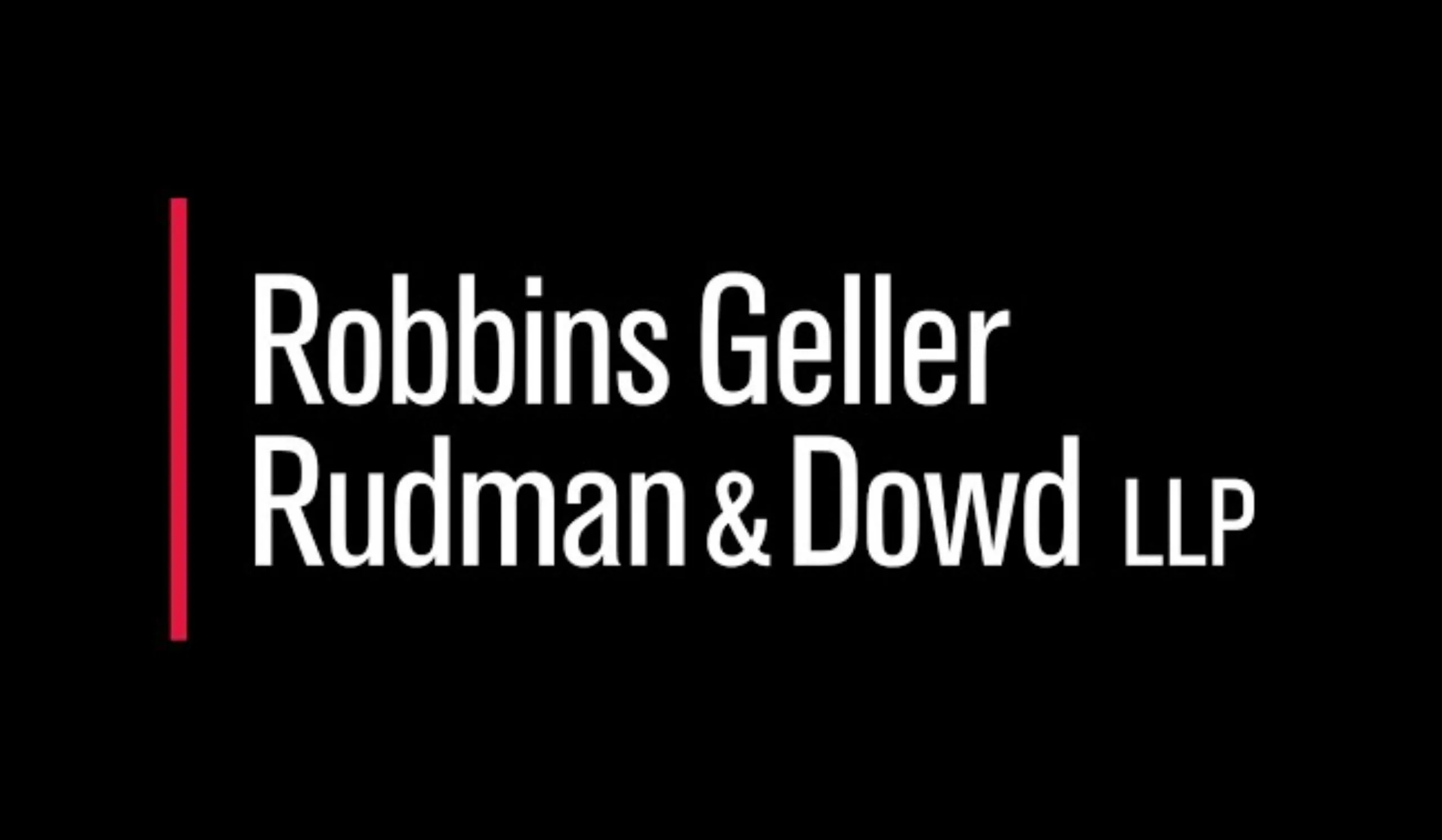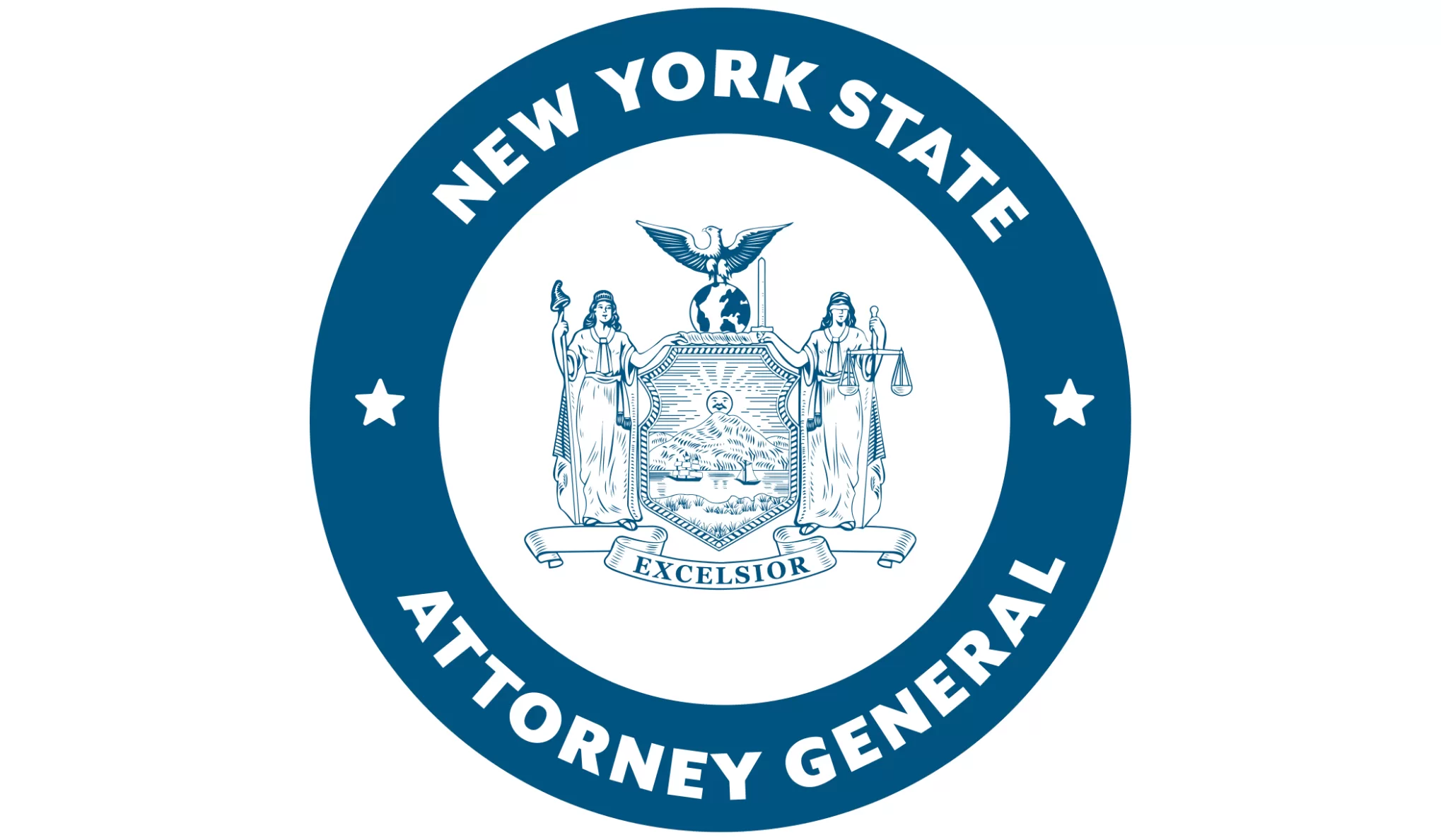By Lorne Dey
Investigative Journalist
Charles SissonOnce upon a time, our legal system used to be about truth and right with a goal to protect the innocent and the wrongfully accused. But those days are long gone, especially in Washington, D.C., the capitol city of corruption. And no one knows how the D.C. courts chew honest people up and spit them out like so much chaff better than Charles Sisson.
Sisson, a thirty-year veteran of the International Monetary Fund (IMF), is a person held in high esteem by his colleagues for his honesty and integrity, two things that don’t matter much in the D.C. “justice” syndicate.
Besides working for the IMF for thirty years, Sisson was also a visionary venture capitalist who put his hard-earned cash on the
line with the hopes of turning a profit on some of the city’s less-than-desirable real estate properties. Sisson can be credited with the rejuvenation of at least a few of D.C.’s older, rundown urban neighborhoods because of his renovation of old buildings and of turning them into handsome residences that attracted many middle and upper middle class families. In fact, Sisson is exactly the type of person one would think D.C. bureaucrats would value and enable to continue his work of adding tax revenues to the city
coffers through his urban revitalization projects – So much for wisdom in the government.
Along with urban real estate, Sisson also renovated homes in D.C. suburbia, turning many ordinary or unfashionable single-family homes into modern, luxury residences. It is one of these such residences that a wealthy business woman, Cynthia G. Wilcox, allegedly decided to exploit, and along with the assistance of venal D.C. courts and lawyers, allegedly defraud Charles Sisson.SISSON TRAPPED IN DEVIL’S TRIANGLE?
Ostensibly, Sisson’s eventual misfortune can be traced back to 1999 when the I.R.S. reportedly came after Ms. Wilcox to the tune of $1,845,000 in back taxes. Since Wilcox would eventually sue Sisson two years later for $2.5mil, it’s reasonable to speculate that after doing a little investigation into Sisson, his finances, and the way he did business, she decided to purchase one of his suburban homes for $2.05 mil. Coincidence? To Sisson, it was more like “getting trapped in the devil’s triangle”.
The house Wilcox reportedly targeted had been the aging home of a retired couple. Sisson purchased the home for $900,000, then spent months having it renovated to eventually list for the $2.05mil. It is important to note that before renovating this home, Sisson had been responsible for remodeling well over 100 such residences in the D.C. area with little more than minor issues or complaints from his buyers if there were any issues at all and typically, there weren’t. So when Wilcox asked Sisson for a warranty against defects on the house, Sisson readily agreed.
It is also crucial to note that while the home was on the market, and prior to Wilcox purchasing it, it was occupied for six months by a family of professional house sitters who live in luxury homes to help them “show” better to potential buyers. The house-sitting family made a point of telling Sisson that his re-modeled house was “the finest they had ever stayed in” and they had no problems or complaints about anything in the home.
But Wilcox did. After only a few weeks of moving in, she informed Sisson that there were additional defects in the house besides the “19 minor and routine” ones that were discovered by a home warranty inspector just before the actual sale of the house and were summarily fixed by Sisson’s contractors. Wilcox then made the ridiculous claim that the newly discovered defects were so extensive that the house was in “imminent danger of collapse”. According to Sisson, “when I asked to come in and inspect the new defects for repair, she denied me entry”. Then, several days later after Wilcox had been in the home four weeks, Sisson received a letter from her lawyer instructing Sisson that he never step foot on the property again.
Wilcox then embarked on a renovation of her own, a reported two million dollar one, by having the house almost completely gutted, destroying all the alleged defects which she later declared so extensive that she feared for her family’s safety. Wilcox, in fact, listed 103 defects in the discovery phase of the trial, some of which were major structural issues even though the home warranty inspector had found only the relative few minor issues that had already been addressed by Sisson in a “punch list” prior to the sale of the property. In spite of this, Wilcox still insisted there were extensive defects. But then she could say anything she liked since she had allegedly “made sure all the evidence to the contrary was destroyed during her remodeling job”. Had Wilcox never heard of ‘Spoliation of Evidence’? Perhaps she had because there is reasonable cause to suggest that her judge had been “hand-picked” before any evidence was actually destroyed. According to one D.C. lawyer who was familiar with Sisson’s case, “
fraud and perjury pay well in the District of Columbia court system.”
Six months later, and after Wilcox’s contractor had obliterated the alleged new defects in the house, it bore little resemblance to the home Sisson had sold her causing one subcontractor to exclaim, “It was just a different house!” It was Wilcox’s “dream” house, in fact, rebuilt ultimately at Sisson’s expense because, when the reconstruction was nearly complete, Wilcox brought civil suit against Sisson for selling her a defective house.COURT GUILTY OF GROSS MALFEASANCE!
Wilcox’s choice of legal representation for her lawsuit is intriguing as well. D.C.-based, Williams & Connelly is one of the most powerful law firms money can buy and “renowned for taking no prisoners”. It is interesting to note that the firm was reportedly retained by Wilcox even before she signed the final purchasing papers on the property. It is this reporter’s opinion that the firm was probably responsible for securing Wilcox the ‘right’ judge early on to enable her to foist her agenda upon the hapless Sisson with little opposition from the court and for a guaranteed outcome favorable to her. The fact that the case wasn’t thrown out due to Spoliation of Evidence alone, which the judge refused to even consider during the trial, smacks of gross malfeasance.
But it gets worse. Unknown to Sisson in the weeks and months preceding the trial, Wilcox allegedly had another accomplice to ensure that her chicanery would pay off in court. Richard William Frank, owner of Archway Builders – a D.C. area construction company, was a reported business partner of Wilcox’s and the contractor she used in the reconstruction of the house she bought from Sisson. There are several signed affidavits that testify of a deal between Frank and Wilcox that show Wilcox promised Frank 25% of the court award from her case against Sisson if he would testify in court on her behalf. According to Sisson, there are also two signed affidavits that reveal that Wilcox’s own Williams & Connelly attorney, Gerson Zweifach, knew of the bribe as well, but allegedly did nothing about it.
However, Frank’s fiduciary relationship with Wilcox was not discovered by Sisson or his attorney until after the pre-trial, discovery hearings. During that time the judge had already deemed Frank to be an “uncompensated fact witness” and went on to make him the foundation witness in the case.
Judge Rosemary CollyerThe “right” judge turned out to be, Rosemary Collyer, and when she was informed that Frank was anything but an “uncompensated fact witness”, she patently refused to look at the evidence for the charge. As Sisson recalls, “The judge repeatedly acted to ensure that it never entered the trial record”. Collyer essentially incorporated legal doublespeak to get around the ramifications of the alleged business arrangement and ultimately dismissed the charge as irrelevant – to her anyway. In actuality, Collyer’s courtroom was any innocent person’s worst nightmare and during the trial it became obvious to Sisson “that her indifference toward all evidence presented on my behalf could only be because her decision favoring Wilcox was already a foregone conclusion”.
It also didn’t matter to Collyer that it was Frank who was solely responsible for taking the numerous photographs of the alleged defects inside the Sisson-built home, before it was essentially demolished, that were used as both “evidence” in the trial and also upon which Wilcox’s expert witnesses based both their findings and testimonies upon. Frank allegedly had six months and total freedom, during Wilcox’s reconstruction project of the house, to work at getting the right photograph’s to use in the trial. It should be noted here that it was also in Frank’s best interest to find every system in the house defective since he was allegedly promised 25% of Wilcox’s settlement from Sisson. And shockingly, that is exactly what happened, and in a home where no more than a few minor issues had originally been found. I approached Frank at his business in D.C. this past month and he was unwilling to sign an affidavit admitting his involvement.NUMEROUS ABUSES OF DISCRETION
Besides the Spoliation of evidence issue, there are many other “abuses of discretion” on the court’s part, so many as to be prohibitive to list in this article. The following are just a few additional examples: According to one witness, at least one ex parte discussion took place between Wilcox’s lawyer and Judge Collyer where Wilcox’s lawyer, Zweifach, approached Collyer, covered her microphone with his hand and whispered to her in private and out of earshot of no fewer than three other witnesses. Sisson stated, “It is interesting that the available court record is conveniently missing the pages that could potentially reveal this travesty of justice”. Also, Collyer refused to hear testimony from workmen that were willing to testify on Sisson’s behalf, then, later based her spurious decision favoring Wilcox in part because no workmen testified on Sisson’s behalf. Because all evidence had been destroyed, “her honor” also rejected the industry standard pertaining to house warranties and “uncritically accepted Wilcox’s ‘Theoretical model of damages’” that was based upon absolute thin air because the preparer of the “model” allegedly never actually saw the house before it was demolished. As if to rub salt in the wound, according to Sisson, Collyer even ordered him to replace, at a cost of $15,000, landscaping that had been non-existent when Wilcox purchased the house from him. When a genuine, unbiased and uncompensated fact witness did actually testify that he never found any evidence that the house was in any danger of collapse, and in blatant contrast to Wilcox’s “paid” expert, his testimony was summarily ignored by the judge. Perhaps Collyer’s most egregious offence is how she initially stated that Richard Frank was a “crucial witness and provided critical testimony” to the case, then, during the appeal process and when confronted with the evidence that Frank was obviously not the uncompensated fact witness she had tried to make him out to be, she reversed her position and stated that even if Frank wasn’t an uncompensated fact witness, his testimony was essentially irrelevant because it had been “painstakingly and independently corroborated” by other expert witnesses. This was indeed a stretch in credulity since, as already stated, all of Wilcox’s expert witnesses had based their testimonies on the “evidence” they had been provided by Frank. According to Sisson, “There were other highly suspect occurrences during the court proceedings as well such as Wilcox’s lawyer, Zweifach, routinely accusing me of completely baseless or irrelevant improprieties in order to run up his firm’s bill in a way that causes one to think that he knew his client would never have to pay for the completely unnecessary expenses”.
According to one witness, “the list goes on, but suffice to say that after the dust settled, Judge Collyer ordered Sisson to pay Wilcox, $847,224.46, when the actual cost to repair the alleged defects could not have exceeded more than $70,000 even by Wilcox’s own bogus, Theoretical model of damages”. But it didn’t end there, Collyer, in her unfathomable wisdom, then ordered Sisson to pay all of Wilcox’s attorney fees and architectural fees accumulated during her reconstruction job, the total of which amounted to well over a million dollars. Plus, Wilcox got to keep the re-remodeled house – all at Sisson’s expense. The malfeasance committed by Judge Collyer in this case is enough to cause one to believe that the term, Kangaroo Court, was coined specifically for her.
In conclusion, the court presided over by Judge Rosemary Collyer made findings of fact that were unsupported by, and contrary to, the trial record. And, as if to seal Sisson’s fate at the callous hands of the court, Judge Collyer denied ahead of time any future motions Sisson might file on the case, no matter how compelling the evidence.
The final nail-in-the-coffin came when other crony judges, Sentelle, Henderson, and Tatel, in the D.C. appeals court upheld Collyer’s decision by siting case law that actually stated the opposite of what they claimed it did and instead, supported Sisson and was an indictment against Collyer.
The people involved in the D.C. courts that committed this alleged gross fraud and fleecing of an upright, law-abiding citizen did so thinking that their actions would be done in relative secret and have no negative consequences to themselves. They were wrong! And this reporter is pleased to expose their pit of corruption to the light of day.
Editor’s Note: Anyone with information about Cynthia G. Wilcox, Richard William Frank, or Judge Rosemary Collyer are urged to contact the US~Observer at: 541-474-7885.












